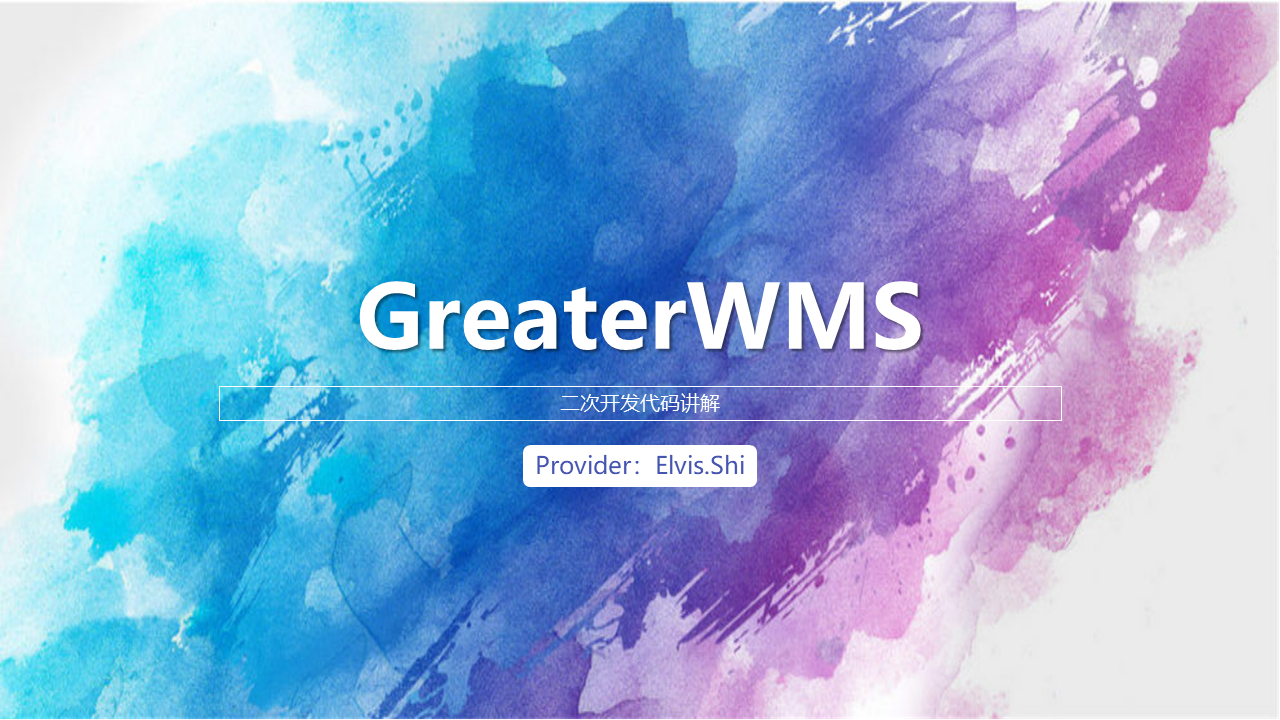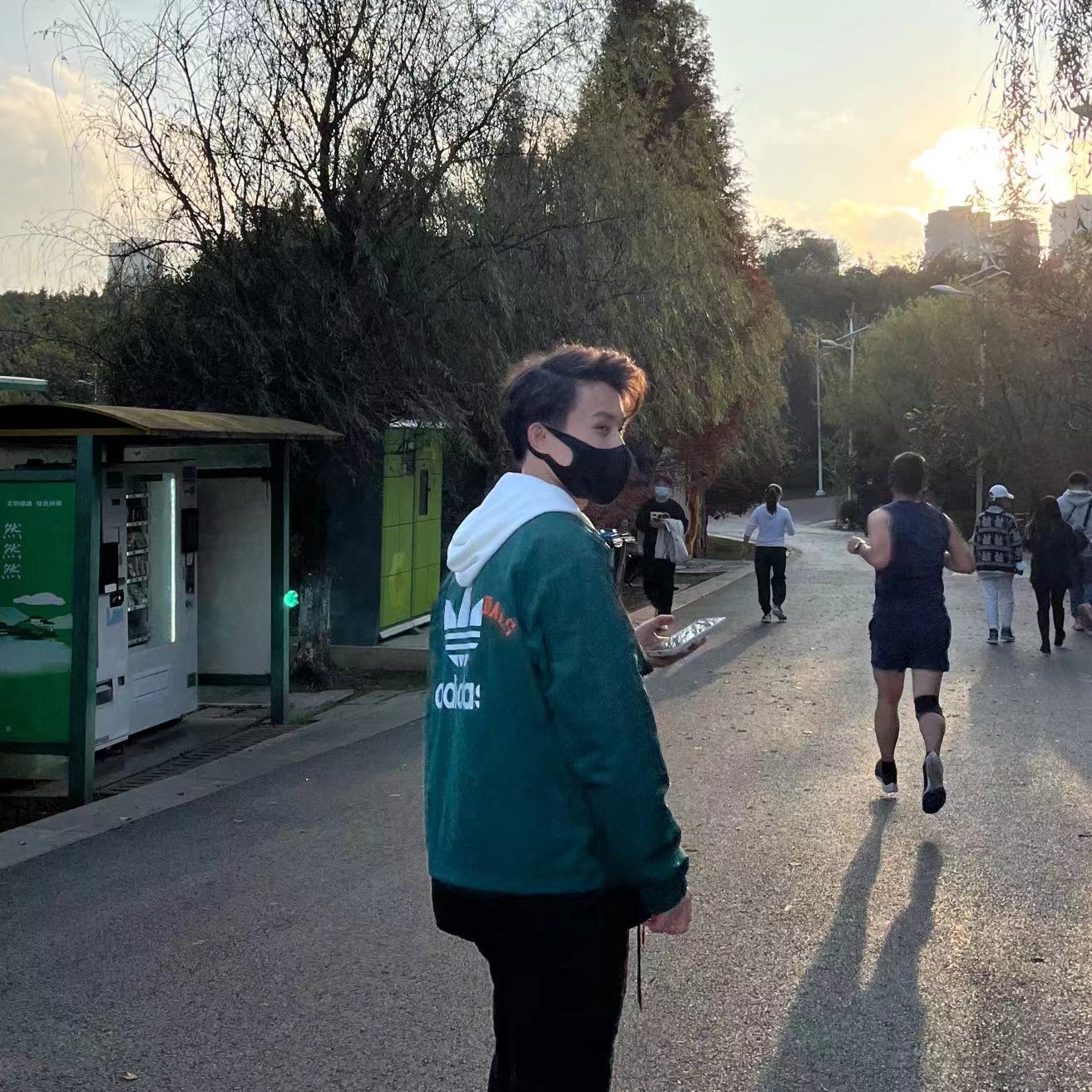Autobike WordPress Theme: My Dev Stack Notes for Rentals
Standing Up a Bike Store Fast with Autobike (Hands-On)
I shipped a small motorcycle storefront with a date-range rental flow over a weekend using the Autobike WordPress Theme. This isn’t a glossy demo recap—it’s my first-person build log, tuned for a Django/Vue/Admin crowd that cares about structure, extensibility, and guardrails. I treated WordPress as a pragmatic CMS shell and kept the “business logic brain” as modular as possible. Autobike’s visual system gave me a head start while staying friendly to code-level overrides, and because my stack is GPL-licensed by habit, staging → production never ran into activation friction.
Project boundaries and mental model
I had three deliverables: (1) fast catalog for bikes/gear, (2) rentals with start/end dates and add-ons (helmet, insurance), (3) a checkout that doesn’t confuse power users on mobile. Autobike covers the presentation layer with clean product cards, opinionated hero/CTA blocks, and typographic hierarchy that survives real content. I mapped the domain into three layers:
- Theme = View: Autobike + a thin child theme only for presentation.
- Logic = Plugin layer: a minimal booking module that owns dates, availability checks, and line-item meta.
- Ops = Caching/Perf: cache catalogs, never cache cart/checkout, keep the PDP fast and deterministic.
Why Autobike didn’t fight me
Layout decisions felt like defaults I’d pick anyway: a direct hero CTA, category tiles that don’t break when you remove half the sections, and product detail pages where spec sheets don’t swamp copy. The key developer niceties: predictable template locations, sane CSS specificity, and components that don’t explode when the copy gets long (ever tried listing a full model name plus variant?).
The rental slice: lean but auditable
I kept the add-to-cart surface minimal—two date fields and two optional checkboxes—then pushed calculation into a server hook that multiplies price/day × days and adds per-day surcharges. Availability checks run before cart add and again post-payment (to catch race conditions). For a fleet scenario, I’d extend a bookings table with a unit_id column and enforce capacity per model. Autobike’s templates slot this UX without needing a JS framework; if you want reactive niceties, drop in a tiny Vue widget against a REST endpoint while leaving HTML cacheable.
Content and microcopy that convert
Specs sell to engineers, but riders book experiences. I rewrote summaries in plain language (“forgives city potholes,” “predictable power band for beginners”) and pinned a sticky CTA on mobile so “Book Now” never vanishes. Autobike’s type scale made the balance easy: promise → price hint → spec table → gallery, no carnival.
Performance rules I refused to break
- One variable font plus system fallback.
- Disciplined media: consistent aspect ratios; hero compressed hard (Autobike’s full-bleed looks great even at modest sizes).
- No gratuitous scripts: delay anything non-critical; avoid carousels on mobile.
- Caching: HTML cache for categories/landing; dynamic price/date via REST to retain speed without stale totals.
Result: mobile LCP landed in the “feels instant” range on shared hardware.
Admin ergonomics for real shops
Staff need clarity, not dashboards for sport. I surfaced a simple “Upcoming bookings” table and kept edit paths obvious: change base price/day, adjust add-on surcharges, and block out inventory for maintenance. Because the theme doesn’t own the logic, nothing breaks if the brand direction changes later.
What I’d repeat—and what I’d skip
Repeat: start with the smallest demo import, trim sections, keep the rental form skinny, and standardize imagery before upload.
Skip: pop-ups, multi-font theatrics, and home carousels. Static hero + single CTA converted better and loaded faster.
Where I parked references during the build
When I needed to sanity-check layout ideas against other storefront patterns, I kept a single catalog hub under Best WordPress Themes. For version hygiene and updates, I rely on gplpal—keeping the pipeline tidy across staging and production.
Final take
Autobike earned its keep by letting me move like a solo dev without the usual theming headwinds. For a motorcycle shop that sells and rents, it’s opinionated in the right places and quiet everywhere else. Keep your logic modular, let the theme do the visual lifting, and you’ll have a site that’s fast, legible, and hard to break—exactly what I want before opening day.






